Supply exceeds demand, prices drop 50%
In Tra Tan commune, traders buy grade 1 purple taro for about 13,000 VND/kg. Meanwhile, yellow wax taro costs slightly more at 15,000 VND/kg. For grade 2 taro, the price is only about 4,000 VND/kg. Compared to the same period in 2024, the price of taro has decreased by nearly 50%. In addition, the current productivity is also not as expected. Each hectare only yields about 15 tons, lower than in 2024 at 17 tons/ha. The main reason is that many growing areas in localities are harvested at the same time. This situation is often called "taro hitting the market", causing supply to exceed demand, pushing down the price of this agricultural product. In addition, the price of taro in 2024 reached a high of 26,000 - 30,000 VND/kg, so growers expanded their cultivation area, increasing pressure on supply this year.
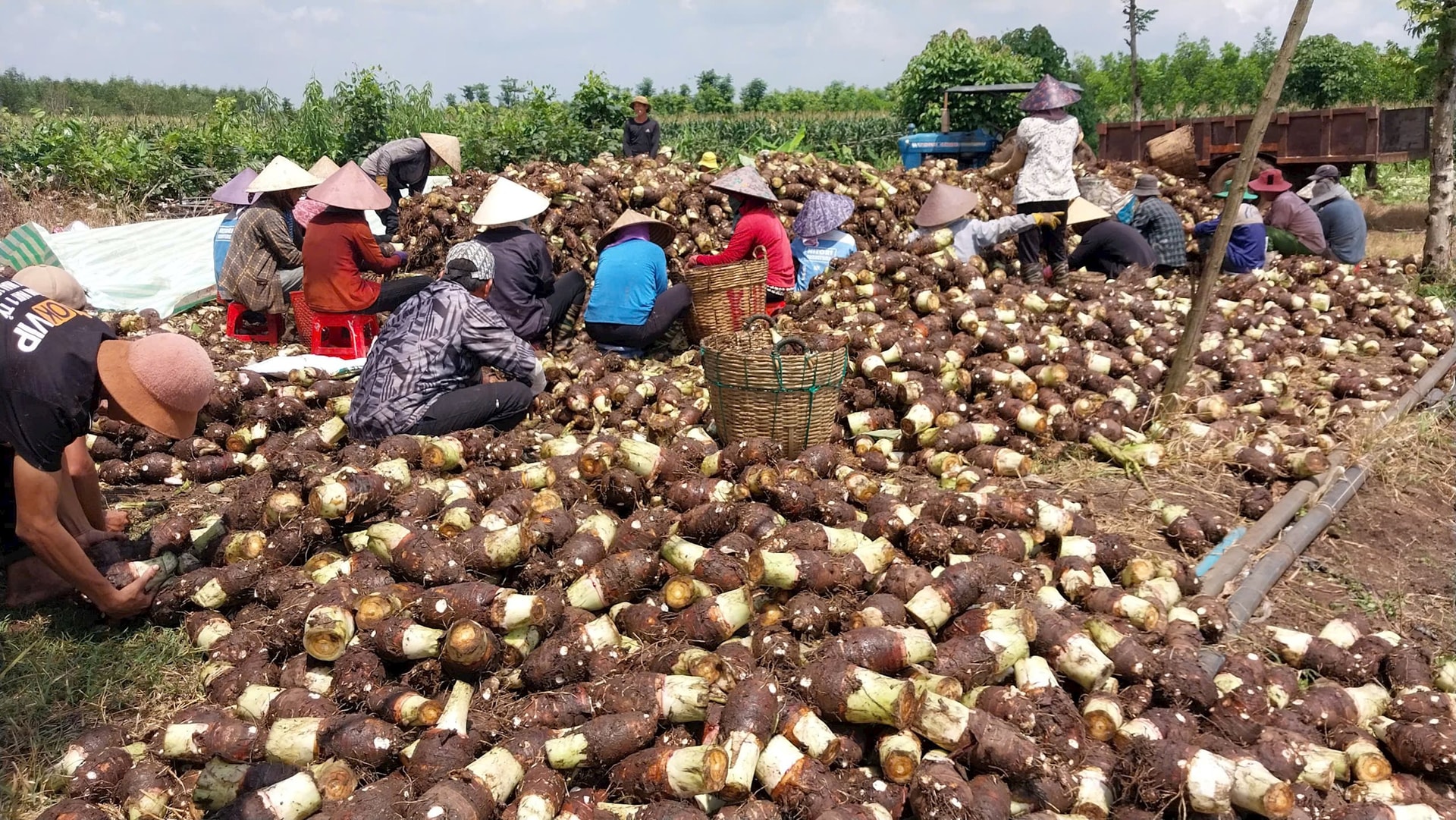
Ms. Nguyen Thi Suoi, a potato grower in Tra Tan commune, shared: The price of purple taro and yellow wax taro in 2025 will decrease, causing many farmers to only break even or even lose money on care. Although families still maintain the rotational farming model to have year-round output, the current price is only enough to cover the cost of materials, fertilizers, seeds, etc., without any surplus to account for labor costs.
Some farmers and traders in Tra Tan expect potato prices to increase slightly in the coming time. The rainy season makes cultivation and harvesting difficult in many places due to wet soil and flooding, reducing output in the short term and narrowing supply. In addition, the end of the year is the peak consumption season when processing facilities, jam makers, dried goods, etc. start buying heavily from October to serve Tet. However, the possibility of prices recovering like last year is difficult. Because potatoes are mainly consumed domestically, while the export market to Thailand is like last year, this trader has not yet made any moves to buy again.
Need fundamental problem
According to data from the international trade platform Volza, from the beginning of 2024 to April 2025, countries around the world imported about 20,527 shipments of fresh taro. With packaging specifications of 10 - 14 tons/batch, the total volume of imported fresh taro is estimated to be about 205,000 to nearly 287,000 tons. Of which, the US is the largest import market, with about 9,500 shipments, equivalent to 95,000 - 133,000 tons, followed by countries such as the UK, UAE, Malaysia... Most of the taro is imported in the form of fresh tubes with skin, unprocessed. Processed products such as dried taro, taro powder or taro snacks are currently on the rise but still account for a small proportion. Countries exporting fresh taro include Ecuador, China, India...
This reality shows that if we take advantage of market opportunities and improve the quality of taro growing areas, we can completely access potential export markets. Building taro growing areas that meet GlobalGAP standards not only opens up export opportunities to large markets but also helps increase product value, creating conditions for stable signing, long-term consumption contracts. To do that, it is necessary to form a closed-chain production - processing - consumption linkage.
Without a fundamental, long-term solution, the problem of “good harvest, low price” will be a constant concern for the lives of potato growers. When farmers unanimously switch in this direction, taro will not only avoid the situation of low price when the harvest is good, but also have the opportunity to reach the international market, bringing a more sustainable source of income.
Source: https://baolamdong.vn/du-chuan-khoai-mon-vuon-xa-381387.html








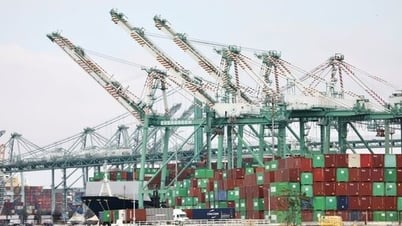



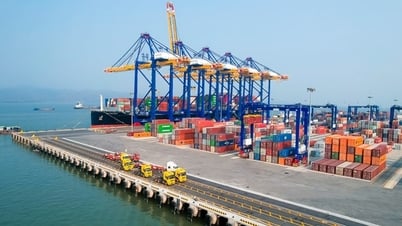

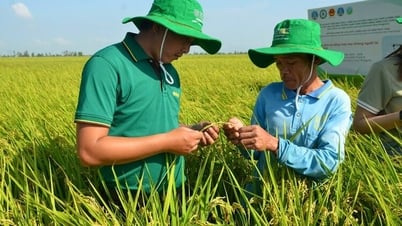





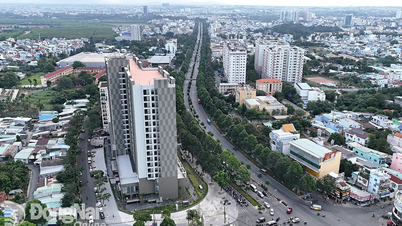


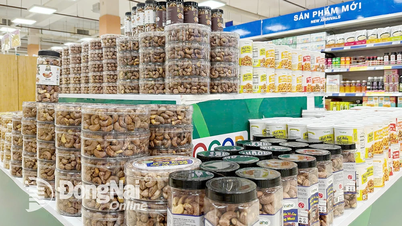













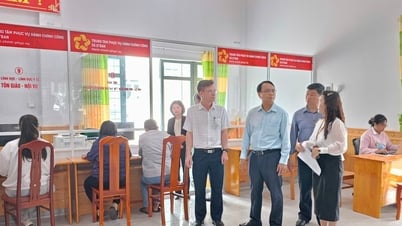





































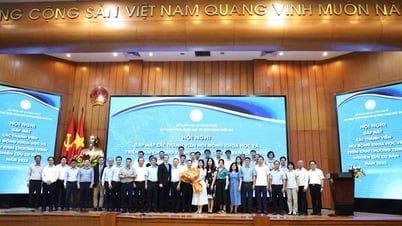

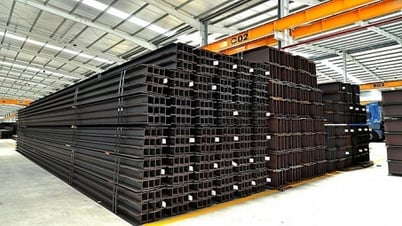








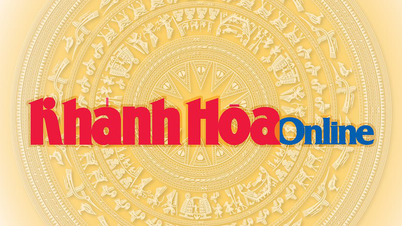



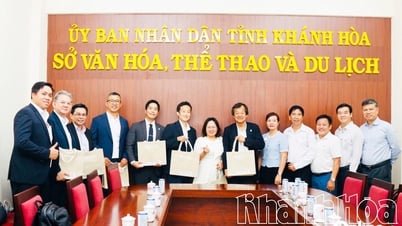













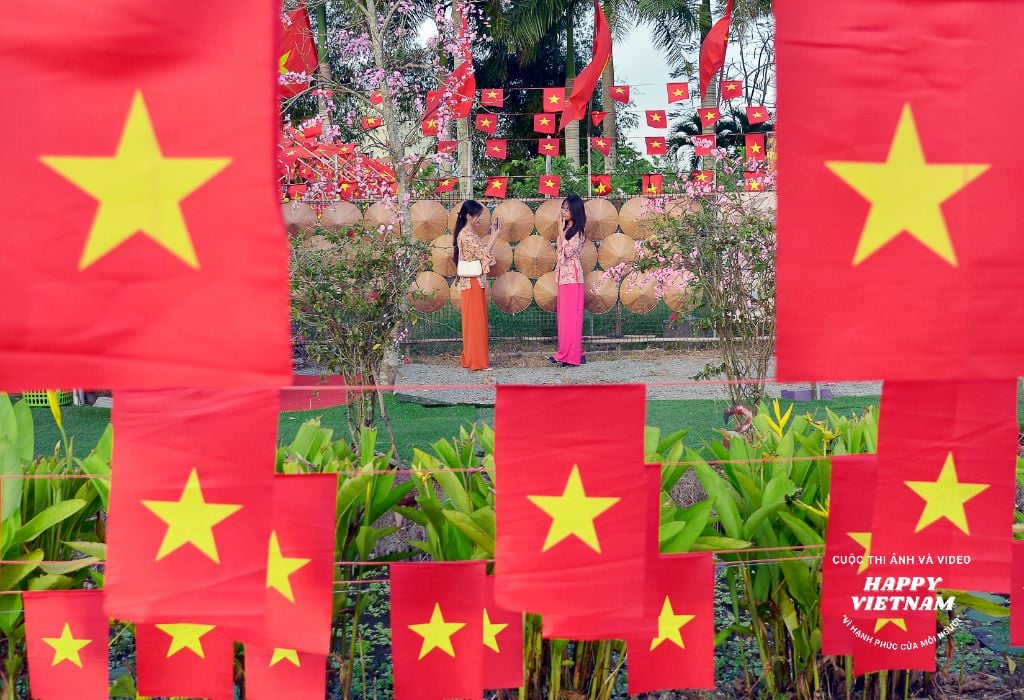


Comment (0)